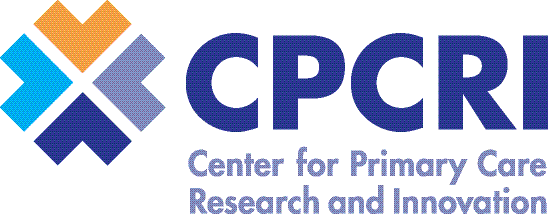James L. Bugg, III, MSA, CHTS-IM, Physician Practice Specialist, Virginia Cooperative
Practices are transforming patient care by improving their ability to use data from their EHRs. However, there are difficulties in relying on the EHR – using them requires expertise and personnel resources that many smaller primary care practices don’t have. For example, I have a practice that participates in multiple quality-centered programs, including both insurance-based (Blue Cross Blue Shield and Humana) and other federally-sponsored programs (such as Heart of Virginia Healthcare and the Transforming Clinical Practice Initiative). They figured out quickly that for them to stay on top of the requirements of these programs, adding another layer of responsibility to the already busy office manager was not a feasible solution.
The practice has increased their bottom-line, which in turn supports more quality improvement activities that they only used to dream about being able to do.
Instead, they hired an experienced medical assistant (MA) to run population health reports that support their quality improvement programs, which allows the practice to identify patients who are at higher risk due to chronic disease indicators, or who have not had certain screenings within the recommended time periods. After identifying these patients, the MA contacts them individually to talk with them about these healthcare needs, and schedules their appointments.
Although initially perceived as an added expense, hiring an MA to do panel management and patient outreach paid-off for this practice. The MA had experience doing similar work and was well acquainted with population health related outreach and follow-up. The office manager had already established a process for doing this work which the MA was able to quickly learn. By identifying high-risk patients, the MA was able to help get patients into the office for follow-ups and manage their needs, thereby reducing the potential for additional hospital visits and costs. In addition, practice staff now has a much better understanding of their clinical data and how to use it to make better decisions and to meet the needs of their patients in a more proactive way. An added bonus: the practice has increased their bottom-line, which in turn supports more quality improvement activities that they only used to dream about being able to do.

